Antonio Marotta
Member
- Joined
- Sep 26, 2018
- Messages
- 6
- Reaction score
- 1
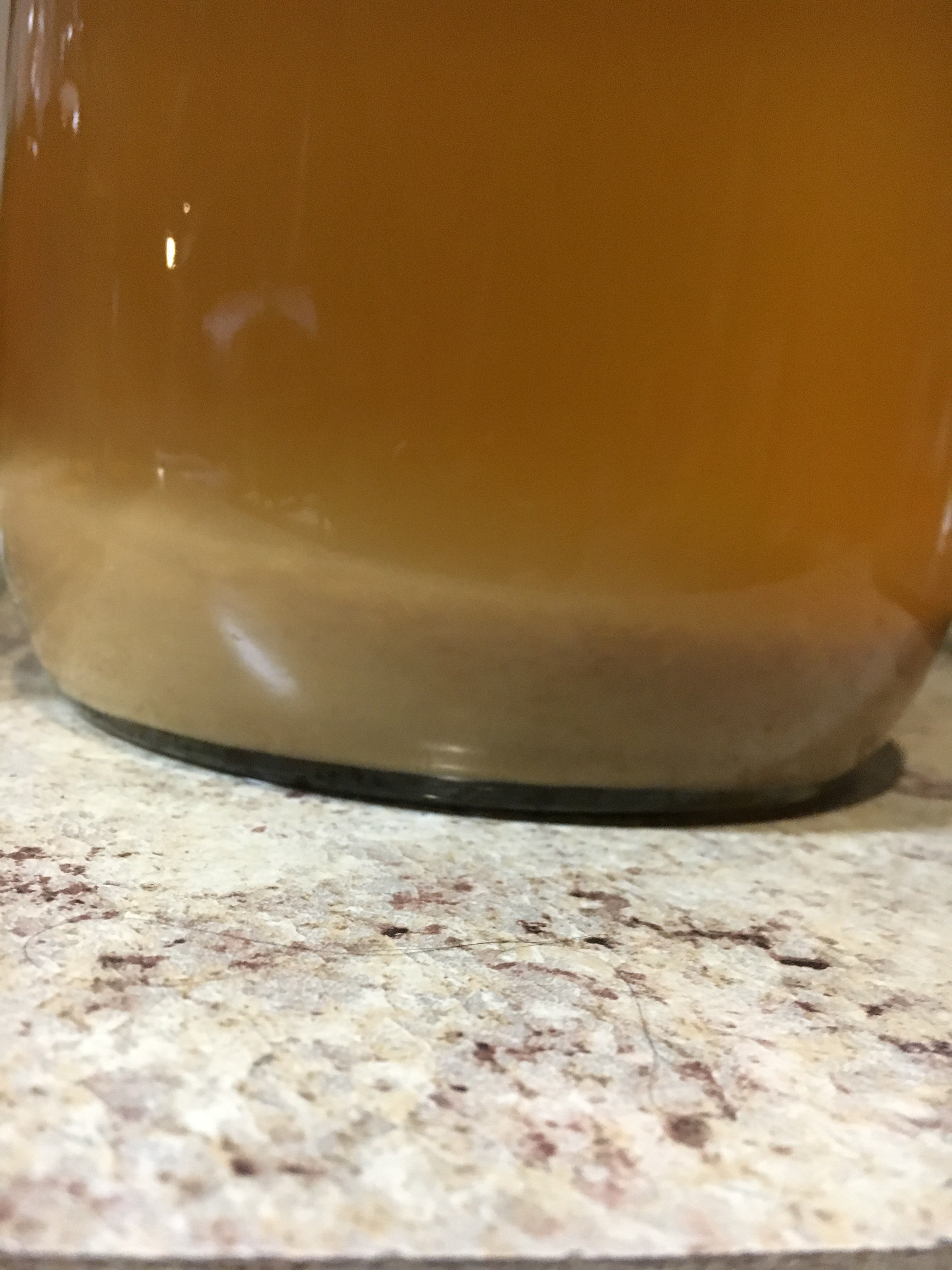
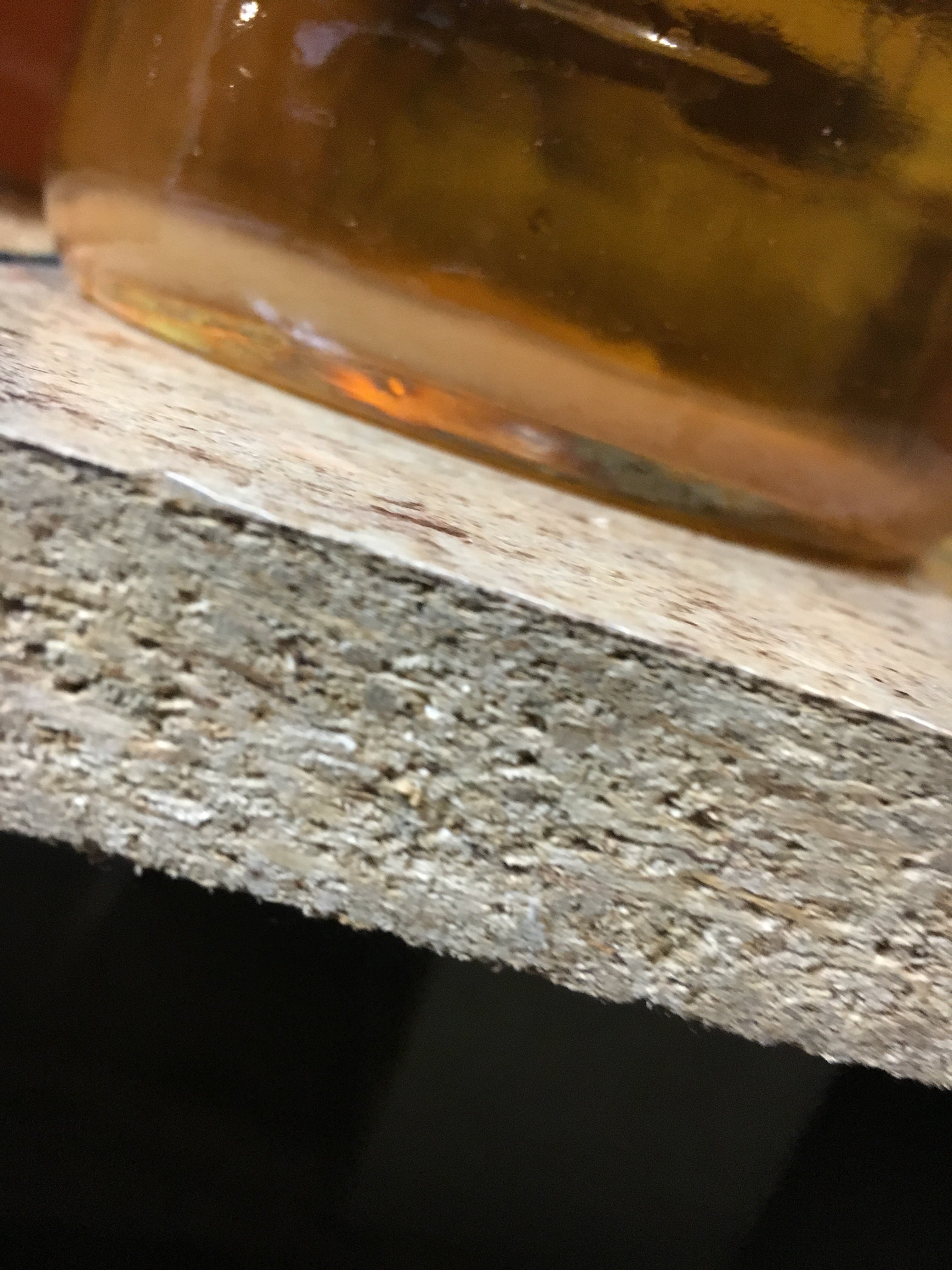



I solve this by starting a bit more than 1 Gallon in a bucket, and at the 1st racking , after I fill my 1G jug to the neck, I have about 1 pint leftover. I keep that in a sanitized mason jar in the fridge and use it to top off.Yes, you lose some each time you rack which sucks if you're only doing a small batch.
Well, actually I don't count. I don't bottle until it stays clear and no more lees. On the label at bottling time, I put the date started and the date bottled. But so far I haven't cracked open a bottle prior to about 9 months after bottling, and usually a year. I only get 4 bottles per 1G batch, so I don't want to waste them if they're not ready.question Jim. For the aging, do you start counting at racking or bottling?









![Craft A Brew - Safale S-04 Dry Yeast - Fermentis - English Ale Dry Yeast - For English and American Ales and Hard Apple Ciders - Ingredients for Home Brewing - Beer Making Supplies - [1 Pack]](https://m.media-amazon.com/images/I/41fVGNh6JfL._SL500_.jpg)

Oh, I crack open my ciders MUCH sooner than the 9 months for wines and meads. And my ciders and grafs are usually 5 gallon batcheswow, I'm drinking a cider I started on 12-8-18. I'm so ashamed.And it's nowhere near good yet.
Just barely drinkable.
Last weekend I was drinking some 3+ year old cider that I originally didn't like. It turned out quite tasty.I'm thinking it needs more time, acid and tannins.
View attachment 606280 View attachment 606279 What do I do to get rid of the Lees without wasting so much mead??
not sure what micron that filters to ( haven't gone to the link yet) but I know coffee filters clog VERY quickly when used for this. apparently the space in those is perfect for the lees to block
From what I'm reading, multi-stage filtration (using, say, two filters in series, where the first can pass larger particles than the second) is one way that the clogging issue is addressed. For instance, if you have reverse osmosis at home, almost certainly there are staged pre-filters that precede it for just this reason.
For mead I suspect it's costlier than what most home brewers would want to do (the "time is money" equation doesn't govern), although I'm reading that commercial beer makers use it quite a lot because it's fast and does a good job clarifying the beer.
If anyone reading this *is* using filtration, please do stand and be counted. I would be interested to know.
You need to wait longer before racking. The first pic is nowhere close to being clear enough to bottle. You should literally be able to read through a glass jug of mead before bottling it.
My meads are slow to clear too. With ciders, I use pectic enzyme up front and rack to secondary after the ferment is done and within a couple weeks it's crystal clear and ready to bottle. With mead I haven't yet found a fining agent that I like. I'm gonna try bentonite in primary next time, but meanwhile I find that keeping the lees stirred and suspended for a couple weeks after primary is done then cold crashing for a few days helps it to finally settle. Then rack to secondary and simply wait. Yes, you lose some each time you rack which sucks if you're only doing a small batch.
If anyone reading this *is* using filtration, please do stand and be counted. I would be interested to know.
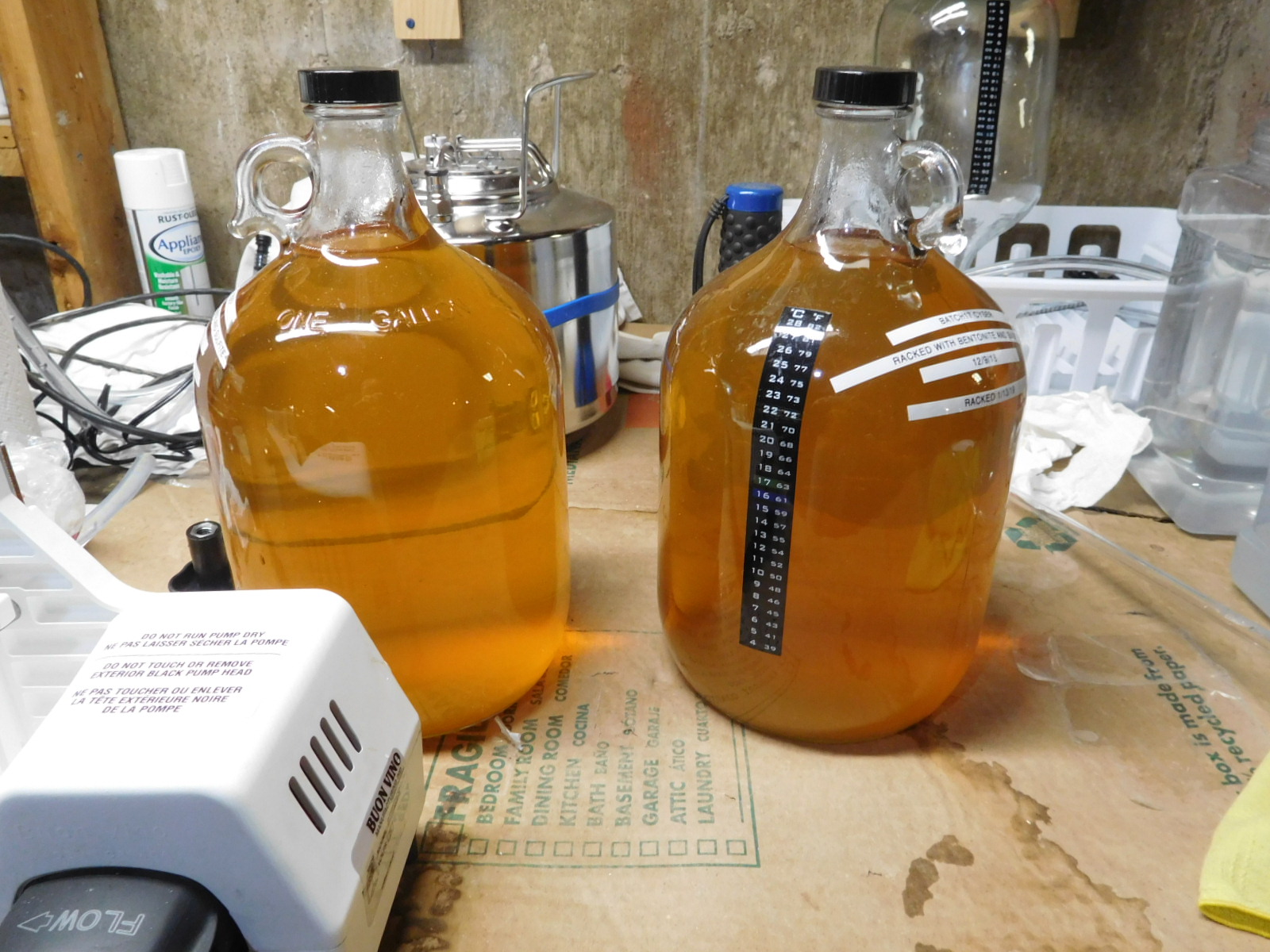
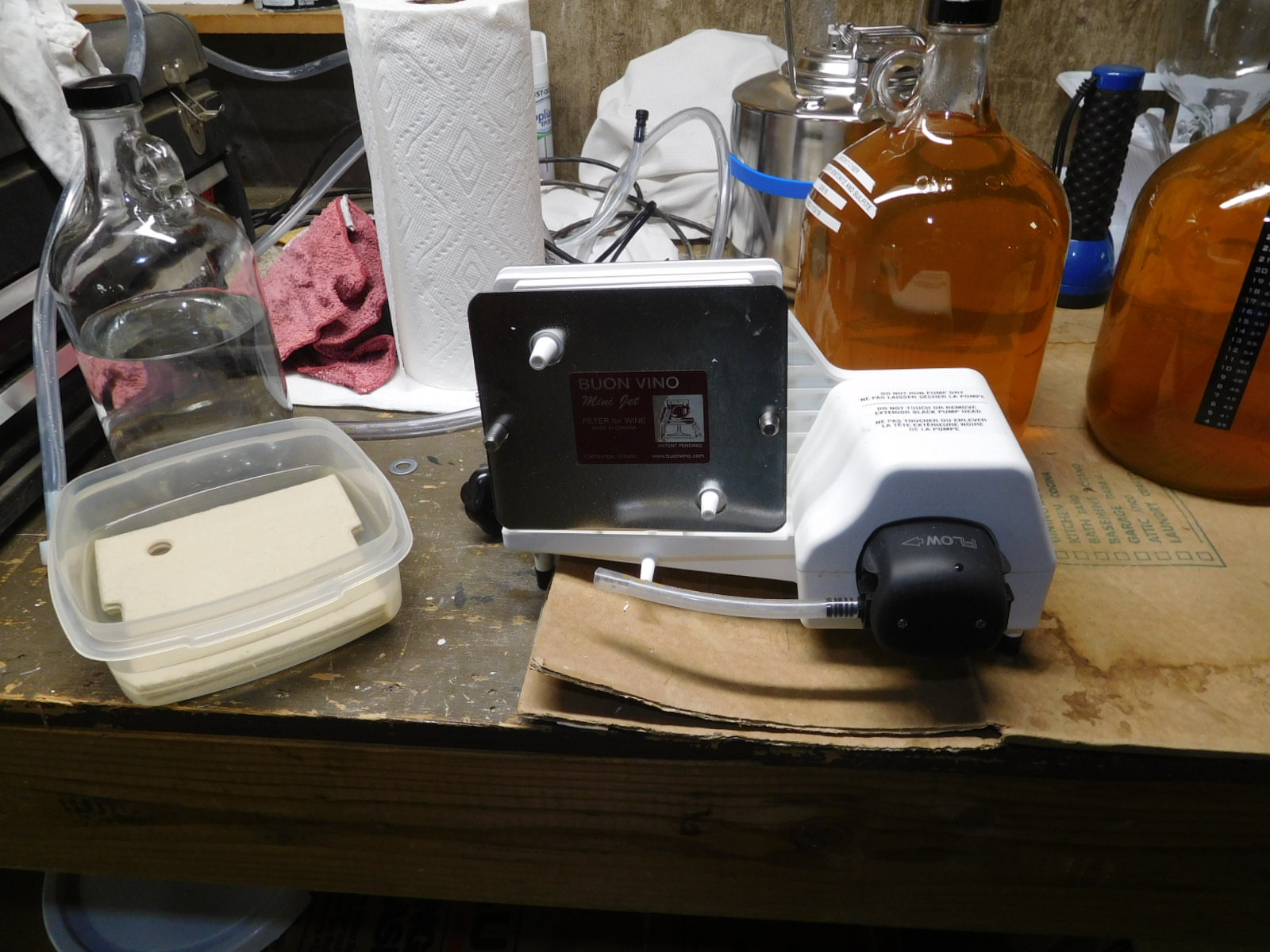
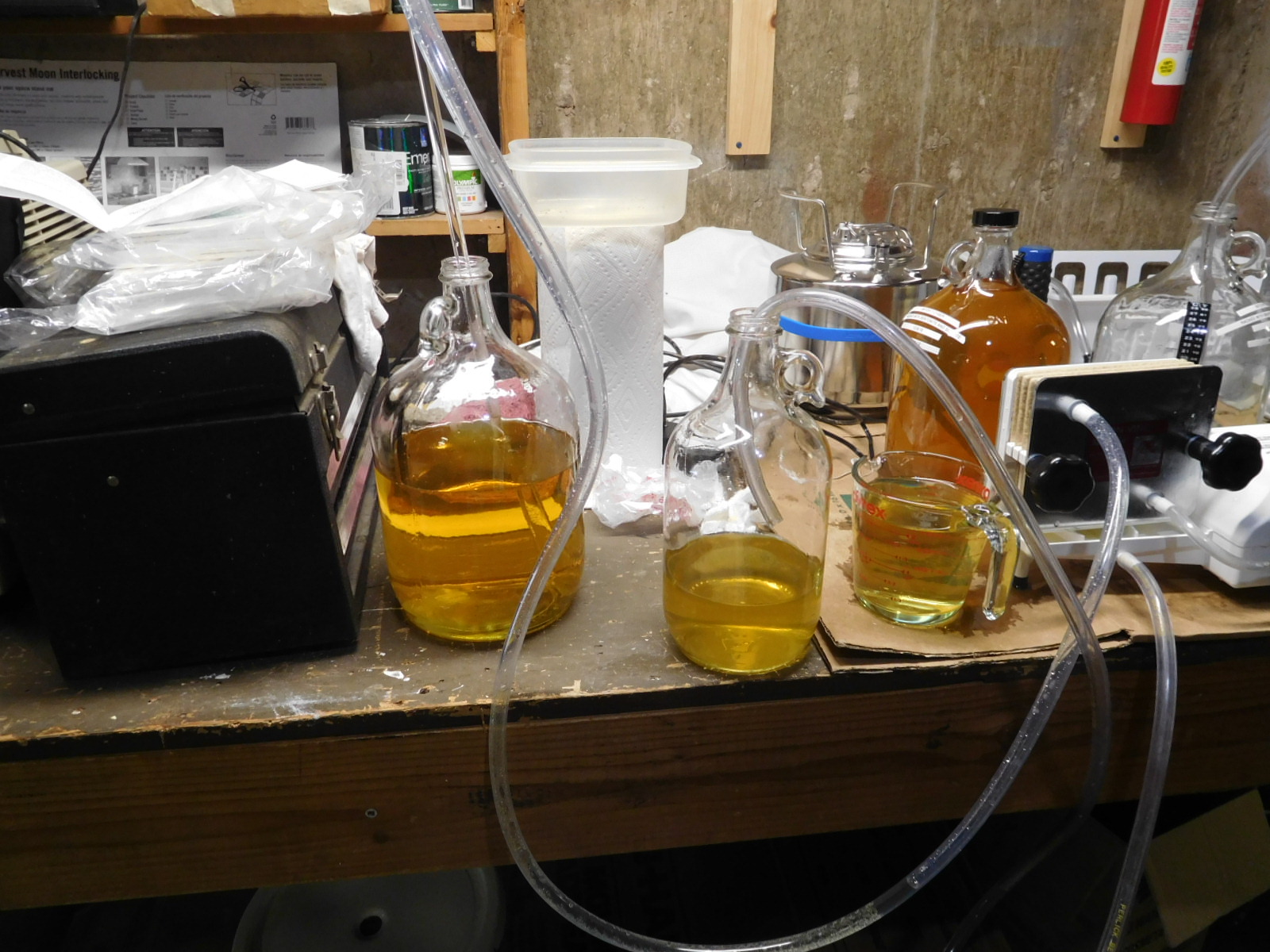
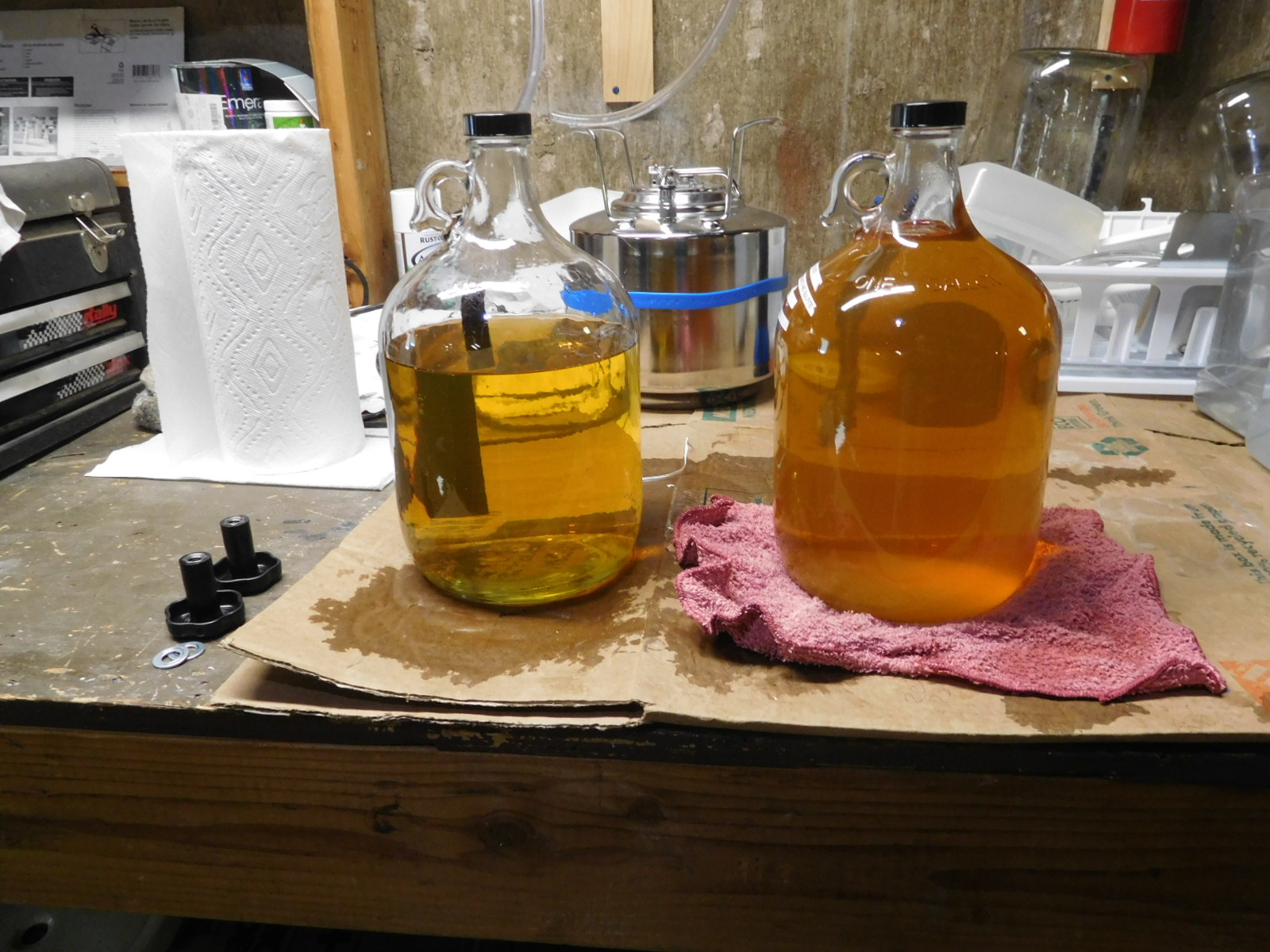
Did you save a sample of the unfiltered cyser to do a taste comparison? I've always been concerned about losing flavor and depth by filtering down to such a particle screen